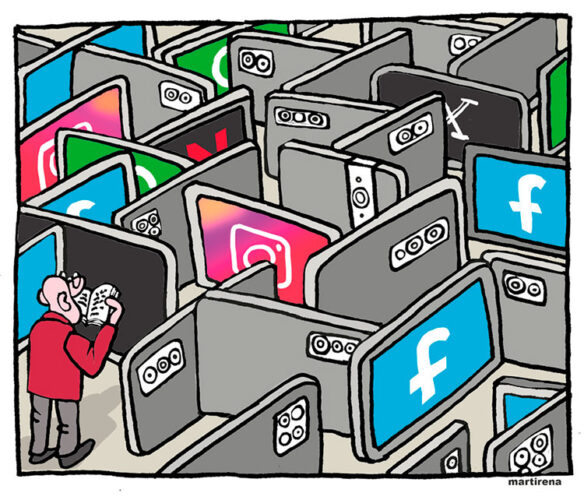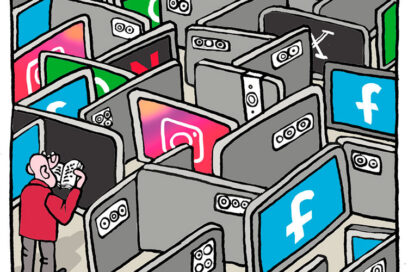In the age of social media and digitization, the loss of certain notions of cultural hierarchy has become apparent. New patterns of consumption, driven by platforms such as Instagram and YouTube, have redrawn the cultural map. Now, for more than a few people, likes and followers determine the relevance of content creators, displacing traditional referents such as literature, conventional media, theater, cinema…

The ease of access to information today is undoubtedly a great advance. Never before has it been so easy for a person to have such a vast amount of educational, artistic, and cultural content and resources at his or her fingertips. Paradoxically, this excess of sources and saturation of content often confuses more than it enlightens. The lack of clear cultural hierarchies leads both young people and adults to become lost in a maze of information, unable to distinguish between what is enriching and what is merely entertaining.
Families and schools have clear responsibilities that are not always recognized. It is not a question of imposing values or denigrating the use of the Internet or social media, but of promoting a healthy balance. A more conscious and critical approach to the content consumed is essential. Parents and educators should be active mediators, not only suggesting good practices, but also offering diverse and quality cultural options.
The key is to teach how to harness the potential of new platforms without ignoring the richness of traditional media. Social media can be powerful tools for learning and cultural dissemination if used appropriately. They can connect young people to literary works, independent film productions, or innovative plays to which they would not otherwise have access. Much more needs to be explored.
The concept of cultural hierarchy should not be interpreted as a tool of exclusion. It should be a resource for accessing the best options, for distinguishing between the ephemeral and the transcendent. Ariadne’s thread.


